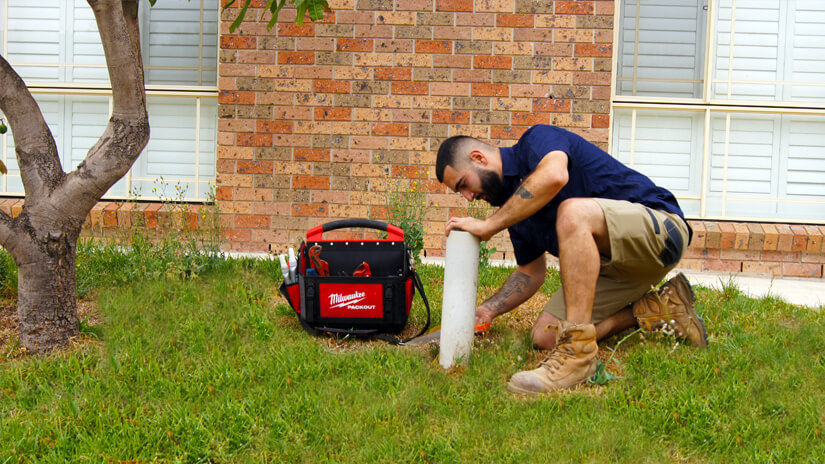
What Is Pipe Relining Sydney And How Does It Work?
Cured in- place pipe lining (CIPP) , also known as pipe relining is a method by which pipelines are replaced without the excess cost associated with having to dig up and replace existing pipelines.
The most dreaded parts of your home is your piping infrastructure. One of the worst nightmares is having to replace pipes which give in due to use overtime. There is an easier way out, even if the internal damage to the pipes seems substantial. If you are thinking of getting the pipe relining done in your house then The Relining Company provides you the best pipe relining Sydney services.
What Is Pipe Relining?

Pipe relining repairs your pipe by curing them from the inside using a special resin, which cures with time to form another strong pipe.
The resin is the key to curing the pipe. Resin saturated felt tube made of a suitable material, is inserted into a damaged pipe. It then hardens and forms another pipe within the damage pipe . The insertion takes place from an upstream access, inserting from a downstream access point is possible but there is a risk and hence it is avoided. It is a trenchless technology since minimum to none digging is involved in this trenchless process. This pipe relining is a more cost effective and less intensive method than traditional dig and replace pipe repair methods.
How is Pipe Relining Done?

Stages to pipe relining are –
- The pipes are checked and inspected first to examine the extent of the damage. This was traditionally done with closed circuit cameras, but now forced electron leak location (FELL) equipment is used to find out the damage more closely to design better solutions.
- This step involves cleaning of the blocked pipes, it includes multiple steps. Firstly cleaning is done using regular methods and then any large or solid blockages are removed. Robotic cutters are employed. Lastly to finish up cleaning a high pressure water jet is used and a good surface on the pipe walls for the resin to set is ensured.
- Another final check is performed to make sure that the pipes are ready to be relined using closed circuit cameras.
- The length of the lining is determined from the length of the pipes, as well as the extent of the damage.
- After finding out the length of the pipe, the pipe is saturated with epoxy resin. The entire length of the pipe will be filled with the resin which would become the pipe after curing. It is easier to deal with straighter and wider sections of the pipe than tricky joins and T sections.
- Now comes the curing process which is the longest step in the entire process. It can be performed either by letting the lining cure manually, but hot water is generally used to accelerate the process. Finally UV radiations take the cured lining to complete hardness.
- Before the process is completed, all the junctions and inspection pits are cut. The process involves use of robotic cutters to remove junctions, inspection pits can be dealt using grinders or any surface level cutters.
- Finally the relining process is complete. To make sure your pipes are working well, checks must be performed just after the final checks are completed by the pipe relining service you hired.




